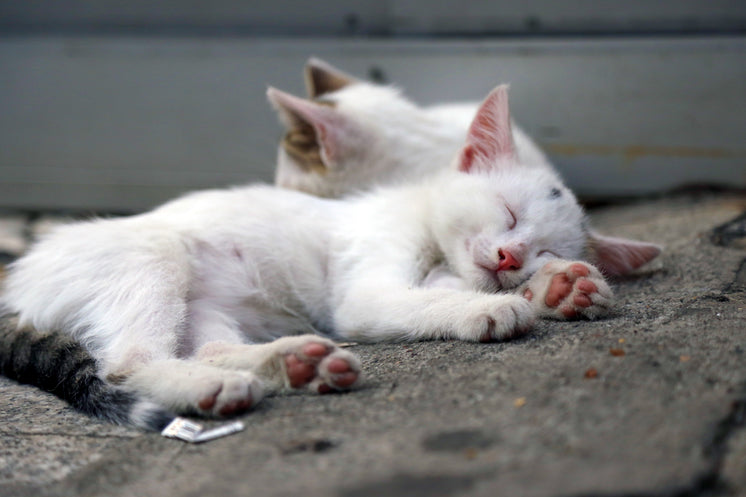
Cat litter and litter boxes play a pivotal function in the lives of both felines and their owners. From the humble beginnings of sand and soil to the innovative developments these days, the world of cat litter has actually progressed significantly. In this extensive guide, we explore every aspect of cat litter and litter boxes, exploring their history, types, benefits, difficulties, and whatever in between.
The history of cat litter go back centuries, with ancient civilizations utilizing sand, soil, and even ashes as primitive litter products. However, it wasn't up until the mid-20th century that contemporary cat litter as we understand it emerged. In 1947, Edward Lowe presented the world's very first industrial cat litter made from absorbent clay, changing the method felines relieved themselves inside your home. Considering that then, cat litter has actually undergone various changes, with the introduction of clumping litter, silica gel litter, naturally degradable choices, and more.
Today, cat owners are spoiled for option when it pertains to picking the ideal litter for their feline buddies. Conventional clay litter remains popular for its cost and effectiveness in soaking up smells. Clumping litter, which forms strong clumps when wet, simplifies cleaning and maintenance. Silica gel litter, made up of extremely absorbent silica crystals, provides exceptional odor control and longevity. Biodegradable alternatives, such as recycled paper, wood pellets, corn, and wheat, attract environmentally conscious customers.
Each type of cat litter offers unique benefits. Clay litter masters its ability to absorb wetness and control smells, making it a trustworthy option for many feline owners. Clumping litter simplifies daily scooping and cat litter extends the time in between total litter changes. Silica gel litter provides extraordinary smell control and can last longer between replacements. Eco-friendly litters provide a sustainable alternative that decreases environmental effect.
While cat litter improves indoor feline health, it is not without its obstacles. Dust from clay litter can position respiratory threats for both cats and human beings, triggering the popularity of dust-free options. Some cats might cat litter scooper develop litter box hostility due to problems with texture, aroma, or cleanliness, demanding experimentation with different litters and box configurations. Multi-cat families may need strategic litter box positioning and frequent upkeep to prevent territorial disputes and ensure all felines have access to tidy facilities.
Picking the suitable litter box is essential for promoting favorable litter box habits and total feline well-being. Elements to think about include size, availability, and design choices. Covered litter boxes provide personal privacy and aid contain smells, but some felines might discover them confining or frightening. Open-top litter boxes offer simple access and exposure but might result in more litter scatter. Automatic self-cleaning litter boxes enhance maintenance but need regular tracking and maintenance.
Proper litter box upkeep is crucial for guaranteeing a clean and welcoming environment for both cats and their owners. Daily scooping eliminates waste quickly, decreasing odor and dissuading cat litter robot litter box hostility. Regular litter replacement, usually every 1-2 weeks, avoids bacterial buildup and preserves optimum absorbency. Comprehensive cleansing with mild detergent and water, preventing extreme chemicals that may discourage felines from utilizing the box, ought to be carried out monthly.
Cat litter and litter boxes play a central role in fostering a healthy and harmonious relationship between felines and their human buddies. With a varied range of litter choices and litter box designs available, cat owners have the versatility to customize their options to fit their felines' choices and family requirements. By understanding the development, types, benefits, and obstacles of cat litter and litter boxes, pet owners can provide their feline buddies with a comfy and sanitary indoor environment.